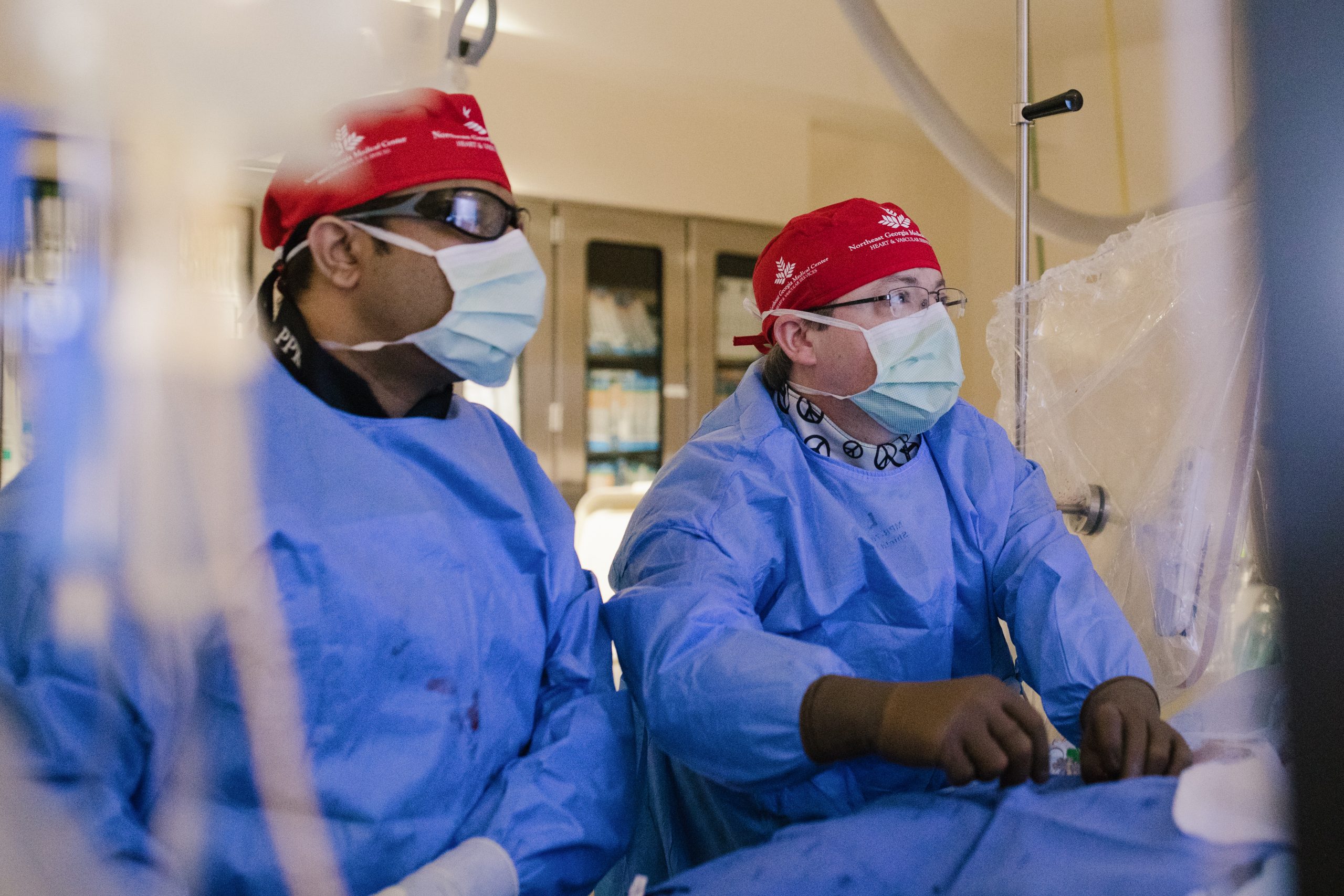How much do you know about how your heart valves work? You’ve likely heard more about the coronary arteries, rather than the actual structure of the heart.
The heart’s four valves work in coordination with each other and help facilitate the flow of blood – both inside the heart and throughout the body. So, how serious is valve disease?
Think of it this way—when blood has moved from one chamber to the other or from a chamber of the heart out into the body, the valve is responsible for shutting, much like a door, to keep blood flowing in the proper direction. When the valves are affected by the disease, the door may not open normally or shut properly. When this occurs, it can impact the heart’s ability to work efficiently and can lead to the development of other diseases as the heart tries to compensate for decreased function.
Getting to Know the Heart Valves
There are four heart valves and they all have the same basic function, but differ a bit based on their location in the heart and their structure.
- The tricuspid valve
- The pulmonary valve
- The mitral valve
- The aortic valve.
The heart’s four chambers can be categorized in two basic ways – there is the right side and the left side of the heart. Each side of the heart has an upper chamber, known as the atrium, and a lower chamber, known as the ventricle.
On the right side of the heart is the tricuspid valve and the pulmonary valve. This side of the heart brings in blood from the vena cava and supplies it to the lungs to be oxygenated.
From there, blood flows to the left side of the heart, where the mitral valve and aortic valve are located. The left side of the heart works by pumping blood to the aorta, which is the main artery – supplying oxygen-rich blood throughout the body. Typically, diseases affecting the valves are more common on the left side of the heart.
The proper flow of blood from one chamber to another is reliant on the valves. When they don’t close completely, it can affect the pumping ability of the heart and it may also lead to blood flowing in the wrong direction.
When Is Valve Disease a Serious Concern?
Much like many other conditions, valve disease can be a serious health issue, but it isn’t always.
Diseases impacting the valves or structure of the heart may be present at birth, or they can develop later in life due to tissue wear and tear, infections, a heart attack or unmanaged heart disease. In some cases, these valve conditions are minor and may not even require treatment beyond regular observation and checkups.
In other cases, though, disease impacting the heart valves may cause significant disruption of the heart’s overall function. When valves are diseased, the heart may not be able to meet the needs of the body, which can cause a host of issues inside the heart – and elsewhere.
A person may experience symptoms such as
- Shortness of breath
- Excessive fatigue
- Dizziness or fainting
- Irregular heartbeat
- Chest pain
When severe valve disease is present, medications may not be enough to manage the effects of the disease. Minimally-invasive structural heart procedures or surgery may be recommended to either repair or replace the valve, allowing the heart to resume normal functioning with intact valves.
Structural Heart Center at Georgia Heart Institute
Did you know that the Georgia Heart Institute of NGMC has a specialized program devoted to heart valve disease and congenital heart defects? Our team offers unparalleled expertise and unique care options for those who issues with the structure of their heart. Contact our Structural Heart Center at 770-219-5242 or learn more below!



